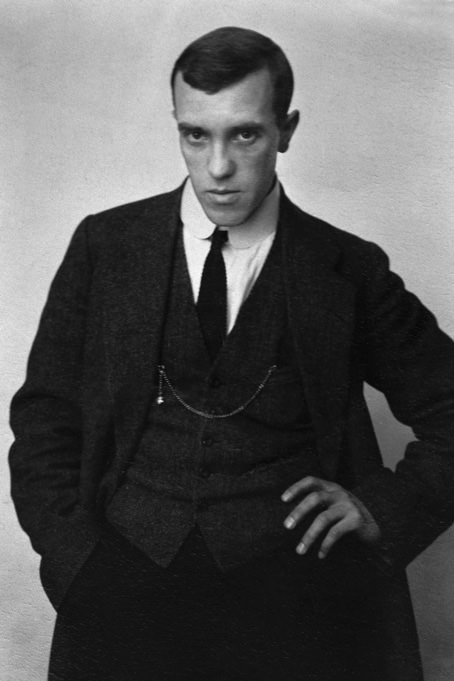

The reproduction of these works without the express written consent of the owner of the works is prohibited.
DownloadFlowers
Depiction of lilacs was one of Mägi’s obsessions, comparable to his desire to paint the surroundings of Vilsandi Lighthouse, Abaja Bay or Lake Pühajärv again and again. In all these cases, we see that he is fascinated with an object he keeps on returning to – which is itself fascinating in terms of creative psychology. Unlike places found in the landscape, to which Mägi devoted attention intensely but over a relatively brief span of time, he depicted lilacs year after year.
Lilacs were common in Estonia by the mid-19th century. “They were found in nearly every yard,” dendrologist Heldur Sander has written. Mägi must have perceived lilacs as a normal element of his childhood. It is thus interesting that in painting lilacs, he isolates them from nature and places them in a vase as an arranged bouquet. Through this gesture, Mägi alters lilacs from a ubiquitous everyday object to something unusual, emphasizing the uniqueness of the situation by emphasizing the vase, background and tablecloth. The luxuriance of the bunch and the way the branches fall dramatically in an arc also aid in turning the homely lilacs into something exotic.
In addition, a parallel that can be noted is that Konrad Mägi’s good friend Marie Under published a poem called “In the Time of Lilacs” in the magazine Waba Sõna in April 1917, which she had written a year earlier, about the same time Mägi began more intensely painting these flowers. It is not impossible that Under, who later let Mägi read her poems before she published them, had shared the lilac poem with him as well, although it is not known when exactly their friendship began.
In her poem, Under associates lilacs with vitality and youth, as well as with passion, writing that her “heart is inflamed like a glowing forge” during the lilac season. Passion is linked to the corporeal love between man and woman, the poet speaks of her empty bed and longing to share the beauty with someone in the second person. It would be an exaggeration to see the coincidence of lilac themes in Under and Mägi as suggesting anything romantic between them, as there is absolutely no sign of this. However, both Under’s poetry and Mägi’s paintings have a number of parallels (see Meditation). The poetic treatment of lilacs in bloom and extending the meaning of the flowers from a domestic ornamental shrub to a wider existential, psychological and emotional footing appears to be common to the artistic output of both of them.
The reproduction of these works without the express written consent of the owner of the works is prohibited.

